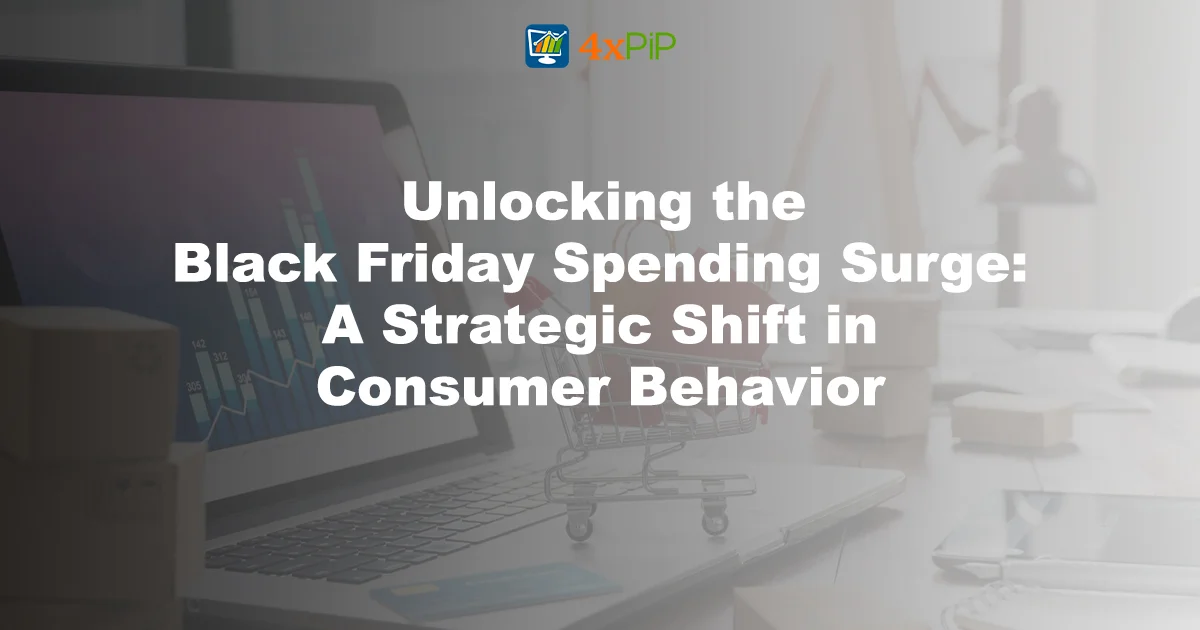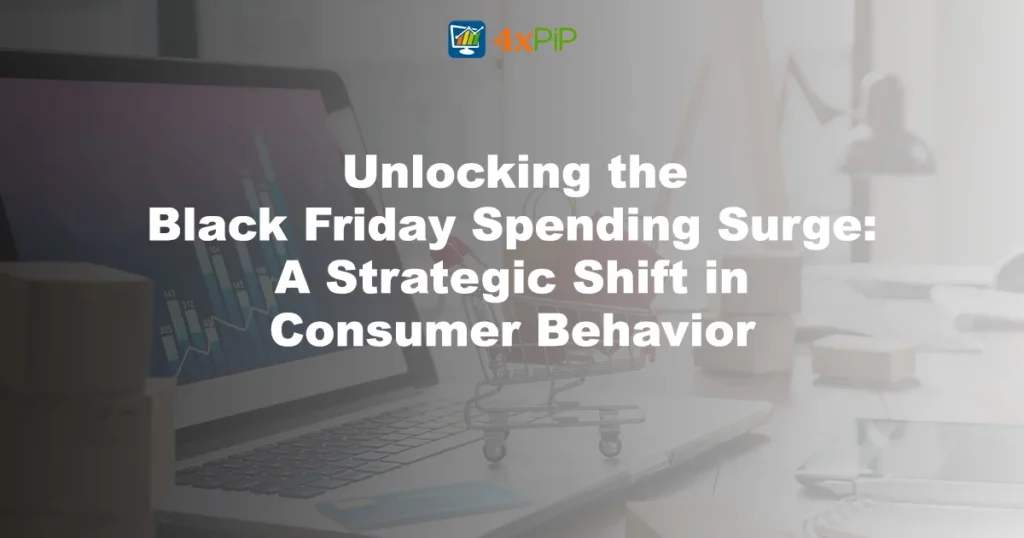Black Friday marked a significant surge in U.S. online sales, soaring to a record $9.8 billion, a 7.5% increase from the previous year, as reported by Adobe Analytics. This surge is indicative of consumers capitalizing on substantial discounts available on marquee days. The rise in spending illustrates a shift in consumer behavior, showcasing a strategic approach to maximize discounts.
Vivek Pandya, a lead analyst at Adobe Digital Insights, notes the shift in consumer willingness compared to 2022. High gas and food prices then limited spending. Pandya highlights impulse purchases, with $5.3 billion in online sales from mobile shopping influenced by social media advertising.
Despite increased spending, consumers remain price-sensitive due to inflation and interest rates. The Adobe survey reveals that $79 million in sales utilized the ‘Buy Now, Pay Later’ method, a 47% surge from the previous year. Electronics, smartwatches, televisions, toys, and gaming emerged as top-selling categories, directly influenced by the attractiveness of discounts.
Adobe’s data, derived from analyzing one trillion visits to U.S. retail websites, emphasizes the dominance of online sales, growing over 8% compared to in-store sales’ 1% rise. The online shopping experience offers consumers greater control, enabling side-by-side price comparisons and better deals. Retailers like Best Buy, Lowe’s, Target, and Ulta Beauty strategically heightened discount levels to capture deal-seeking consumers.
The momentum from Thanksgiving continued with $5.6 billion in online sales, setting the stage for an anticipated weekend and Cyber Monday shopping spree. Adobe forecasts a $10 billion spend over Saturday and Sunday, culminating in a record $12 billion on Cyber Monday. However, spending is expected to taper off later in the holiday season as discounts decrease, influencing buyer behavior.
Late December may see spending from procrastinating gift-givers, but growth surges are predicted in November and Thanksgiving week. Cyber Monday marks the pinnacle of non-essential goods spending, with subsequent weeks likely to witness a gradual decline in consumer activity. In conclusion, the strategic and deal-driven consumer landscape is reshaping the traditional Black Friday experience.
Summary:
Discover the dynamics behind Black Friday’s $9.8 billion online spending surge, driven by strategic consumer behavior, increased discounts, and a preference for online deal hunting.





